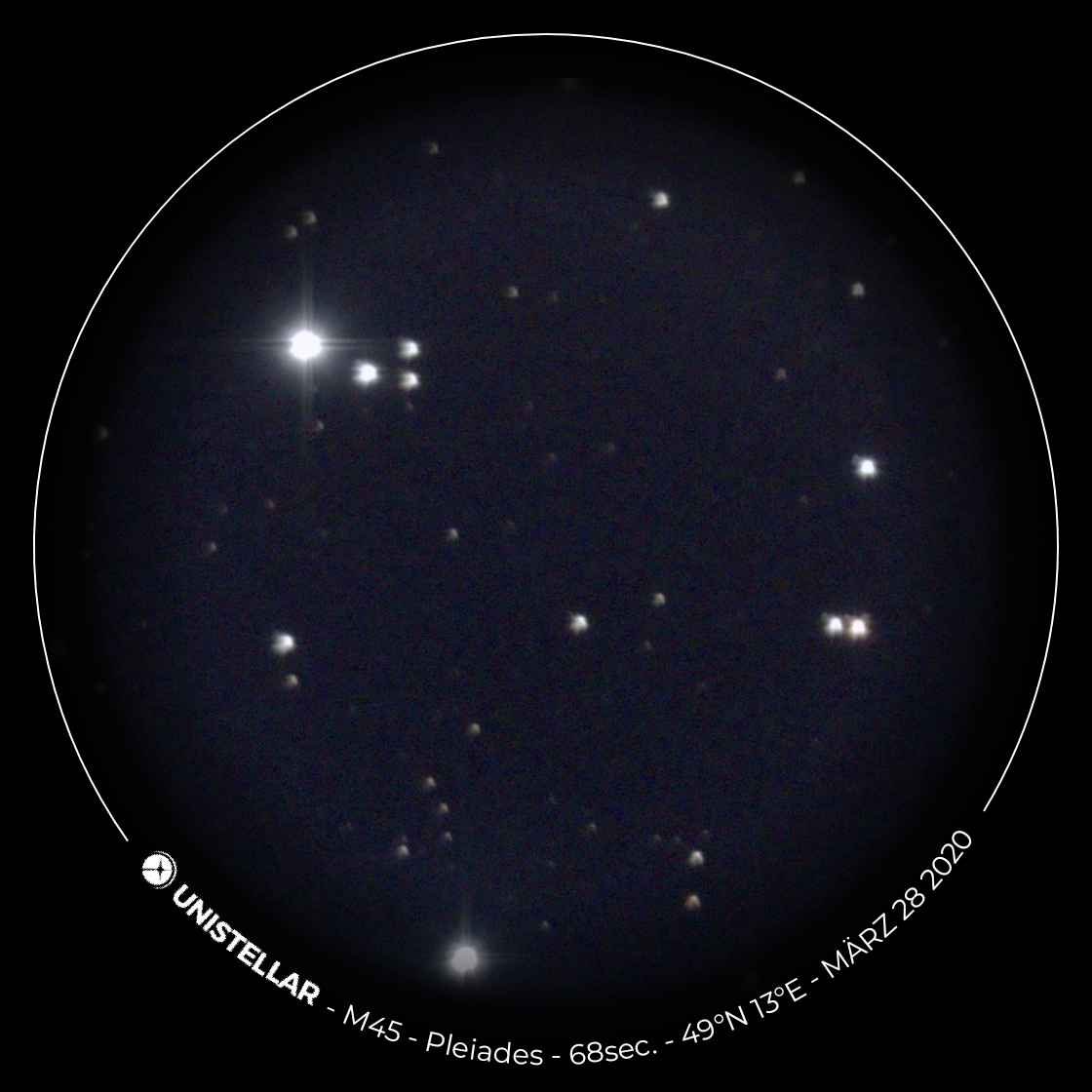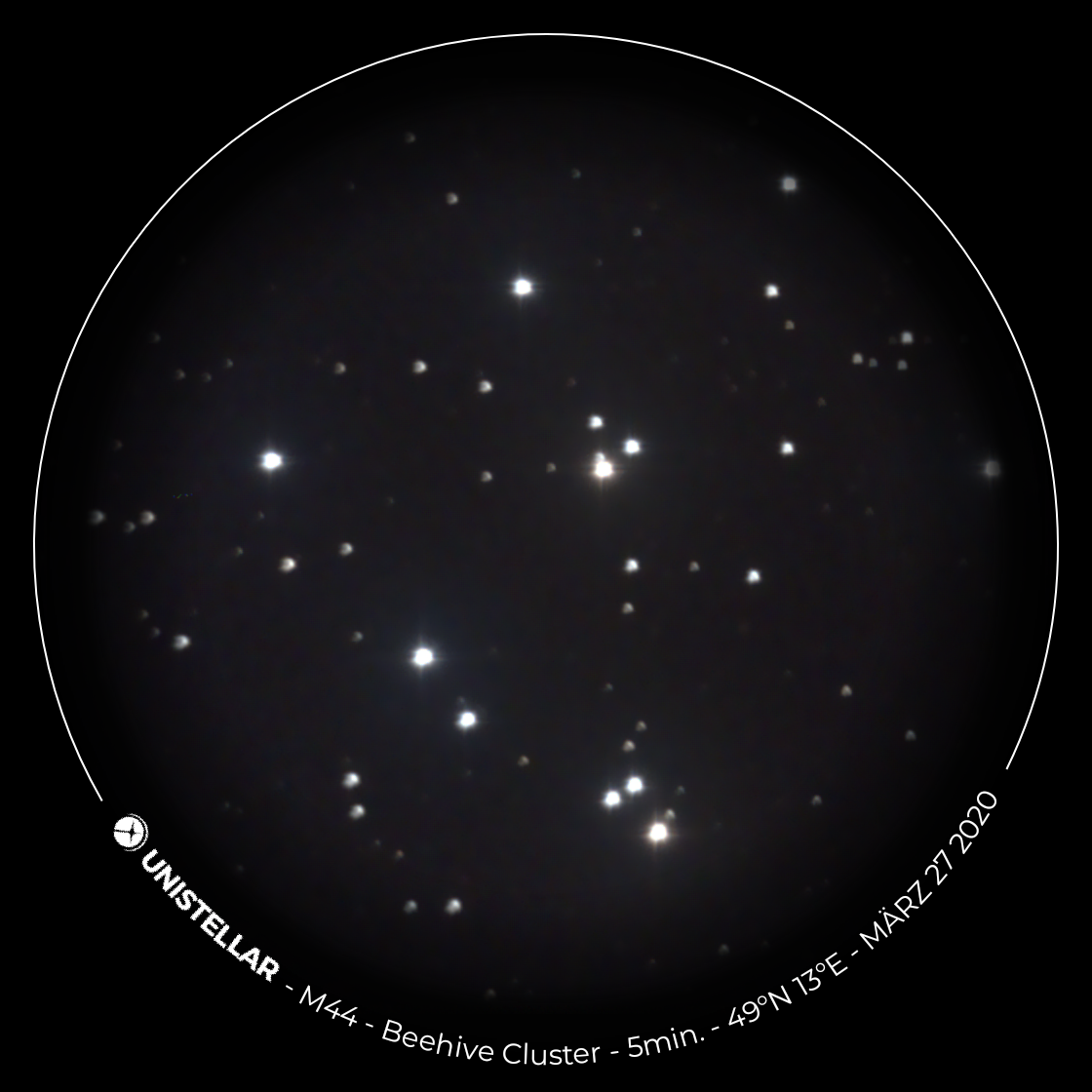Review: eVscope, the telescope for amateur astronomers who want to stay warm and cozy
I built my first telescope myself when I was around ten years old. I built it using an optics kit that I got after burning a finger while trying to solder something in an electronics kit (yes, back in the good old days, some toys actually had parts that could burn down your house or at least melt solder). The Moon always appeared upside down in that telescope, which always struck me as odd. After all, my binoculars showed everything right side up. I had the suspicion that the grown-ups were trying to prevent me from using the telescope to spy on far-away windows. Which actually would’ve been possible; our apartment on the 14th floor of a high-rise building would’ve given me some good possibilities.
Well, the Moon still appears upside down even in the eVscope, which is made by the French manufacturer Unistellar and costs around $3000 online. I now have this telescope set up on my balcony and sometimes take it out in my garden or to a field. I paid much less for it, around $1300, because I supported the project on Kickstarter back in 2017. The actual delivery was delayed somewhat, but I’m sure you know that’s fairly common with Kickstarter.
The eVscope immediately piqued my interest, because it promised many celestial objects for low costs. I have to admit that I’m a bit of a wimp when it comes to astronomy. Standing outside in the frigid cold the whole night long, searching for a celestial object with frozen fingers, only to be obstructed by clouds – it’s not worth it to me. So, the eVscope seemed like the perfect tool for an amateur astronomer like me. I can sit on my couch inside my toasty apartment and use an app (iOS/Android) to search for an object, be it a nebula, a star, a planet, an asteroid, …, tap “Go,” and the telescope (on the balcony) searches for the object itself and then displays it to me. I don’t even have to leave the room, because the image appears right on my phone. Of course, I can still go outside and look through the eyepiece, if I want.
But that’s not all. “eV” doesn’t stand for electron-volts, but instead “enhanced vision.” It’s a fancy name for something “real” amateur astronomers know as “stacking.” The eVscope has a built-in camera sensor. When you activate enhanced vision, the telescope starts to capture and superimpose multiple images of the celestial object. Stacking can also be performed with a normal telescope and a good camera, but here, it’s integrated right into the device. The first time you try it, it seems almost magical, as almost indiscernible objects like the Orion Nebula suddenly gain structure and fine details (see the images). For very bright objects like the Moon, stacking / enhanced vision doesn’t provide any benefit. For these objects, you have a simple reflector telescope with an aperture of 114 mm and focal length of 450 mm.
Granted: the combination of a comparable telescope and a camera would cost significantly less than the current cost of $3000. But the convenience is second-to-none. Someone who doesn’t have much time for observing will also not want to spend much time with setup and calibration. The eVscope is perfect for someone like that. In the future, the telescope should also allow you to contribute to “Citizen Science” projects with thousands of users worldwide to help scientific research work. That is something made possible by the telescope’s smartphone link.
Bonus: the setup and calibration of the system took about 10 minutes. That’s really good. The built-in battery should last about ten hours.
By the time of this writing, I had only been able to make observations of the Moon and a few star clusters and stars. Jupiter, Saturn, and Mars were visible only early in the morning (when I was still asleep), and Venus was too close to the bright Moon. All of the images below were captured in the middle of urban light pollution.




